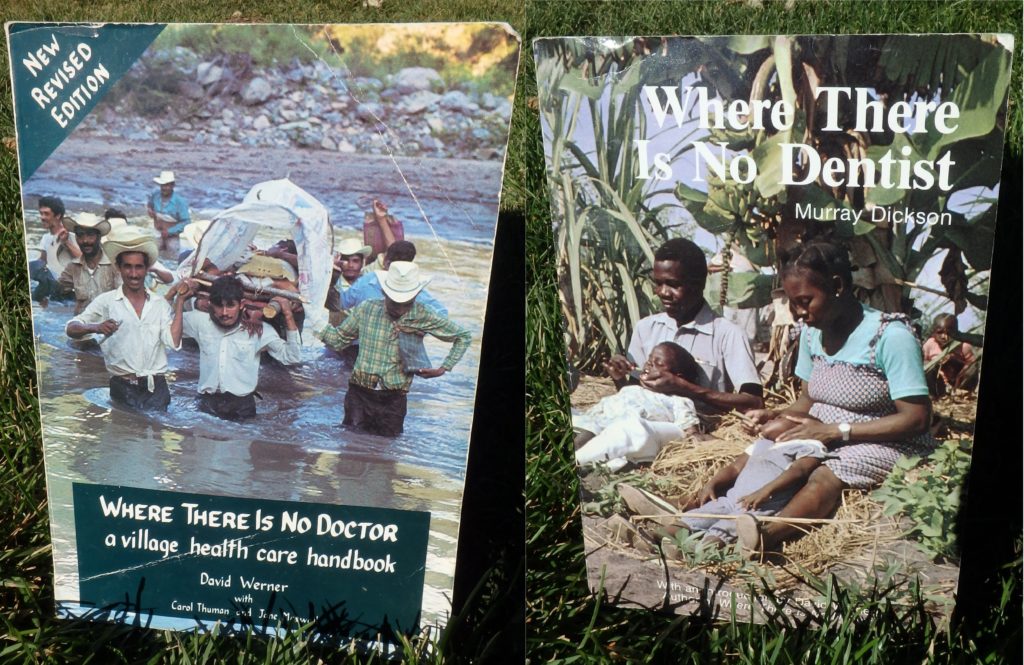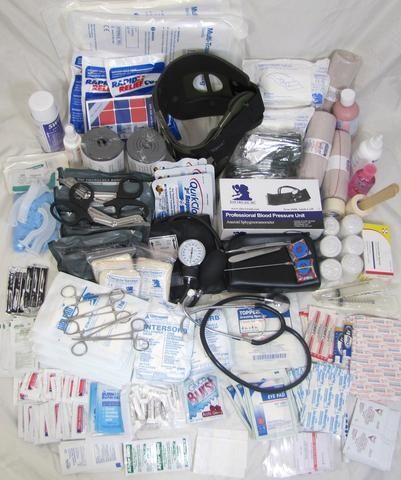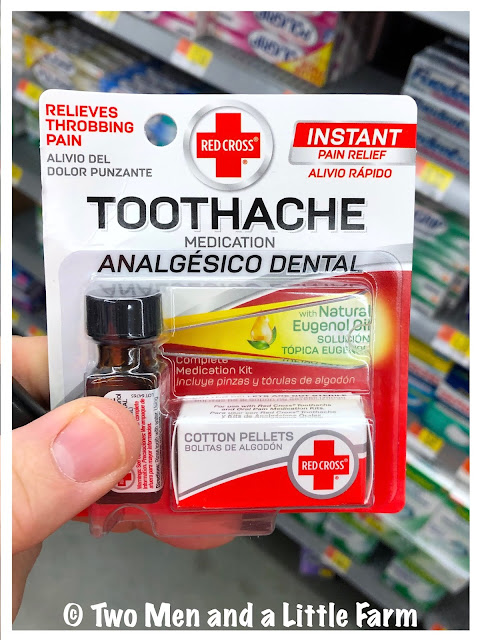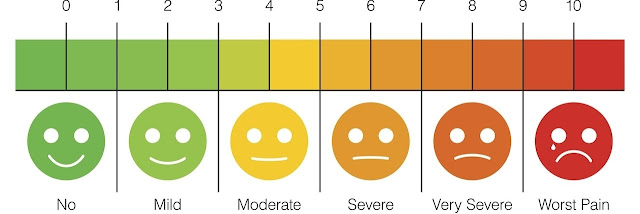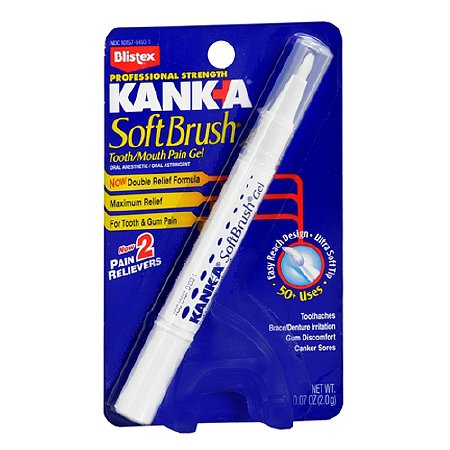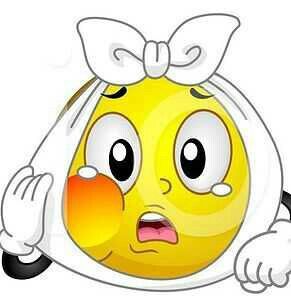https://www.survivopedia.com/how-your-complete-survival-dental-kit-should-look-like/
How Your Complete Survival Dental Kit Should Look Like
By
Fred Tyrell
October 20, 2019
As part of their emergency preparations, survivalists typically get their dental work caught up and prepare a dental first aid kit to help them deal with dental emergencies.
We don’t do this because it may be hard to find a dentist during the zombie apocalypse. We more often do it to save money and to be able to handle the odd dental emergency.
Investing in the capability to treat dental emergencies gives you a valuable skillset that makes you useful to your community. Even if dental professionals are available to render treatment in an emergency, you may need to provide your own supplies.
Keep your dental work current. It’s better to treat dental problems now, when professional help is available if needed. Because dental problems can become very serious, even life threatening, wisdom teeth are often removed around the age of eighteen before lengthy military or missionary service. This is done to prevent patients from having to deal with a swollen, infected jaw in an austere setting. Even after dental work is done, attention should be paid to dental hygiene. I’m sure it must be very disappointing to pass special forces selection and then to go combat ineffective because you failed to take care of your teeth, but this happens to scores of military personnel every year. Learn from their mistakes by getting your teeth in shape and keeping them that way.
I enjoy traveling and camping in austere settings, so it’s important to be able to handle dental emergencies in these settings. But, even if you never leave the city, most dentists don’t treat patients an emergency basis like a hospital emergency room, so most folks are on their own to handle dental emergencies until they are able to schedule an appointment.
Another reason people make alternative plans for dental work is that they don’t trust our bloated, overpriced dental healthcare system. Excessive regulation, pharmaceutical patents and shady politics mean Americans pay many times the prices citizens of other nations pay for the same procedure. Because of this, many Americans duck across the border to Canada or Mexico where they pay a fraction of the price for the same dental work. If you travel someplace that does quality dental work inexpensively, you might as well take advantage of it.
Although teeth are a part of a healthy human body, the US government doesn’t seem to think you need them. When it comes to dental care most of us are on our own.
Improvised Emergency Dental Care & Instruments
If you saw the movie Castaway, you probably remember the scene where the protagonist extracted a tooth with a rock and an ice skate that he liberated from a FedEx package. A dental emergency in an austere survival ordeal can be a daunting proposition. Here are a few ideas on improvising dental instruments and care from pocket survival kit contents.
- Wax – A candle stub of paraffin is something you may already carry in a pocket survival kit that can be a lifesaver if you break a tooth or loose a filling exposing a nerve to air. Heat the wax enough that it can be molded, roll a small piece into a little ball and tamp it into place with piece of wood carved for the purpose. The fix is only temporary, but wax can put a stop to the mind-numbing pain of an exposed nerve and prevent a broken tooth from cutting the mouth, lips or tongue which could soon become infected. Wax is also useful in preventing discomfort from orthodontic braces.
- Dental Mirror – It’s tough to diagnose what you can’t see, much less fix it, so a small inspection mirror is worth packing. In a pinch, a larger glass mirror can be broken into smaller pieces (about ¾” or 2cm). Grind down the sharp edges on any rock that contains quartz and glue it or affix it to a tongue depressor or stick and give it shallow bend.
- Sewing or Suture Needle – A sewing or suture needle can be bent into a hook and hafted to a short handle of wood or plastic for use as a dental pick.
- Lockpicks – Lock picks are the right size and shape to craft into emergency dental instruments and lockpick kits often include useless models to bump up the number of picks in the set and dupe inexperienced consumers. Stainless steel lockpicks are generally pretty cheap, so if your lockpick kit includes double or single ball picks, I wouldn’t hesitate to heat, bend and grind one them into anything useful, including a dental probe, spoon excavator, filling tool or a cement spatula.
- Medical Cotton – Medical cotton comes in many different forms. I prefer zig-zag folded sheets. Some instructors use makeup pads and still others use dental rolls. It really doesn’t matter too much because it’s easy to turn it into what you need.
- Potassium Permanganate – This potent chemical is very multiuse and is useful in tiny amounts, suiting it for inclusion in pocket survival kits. Diluted in water until the color is bright pink, potassium permanganate is an effective oral antiseptic to reduce infection. A slightly more concentrated red solution can be dabbed on canker sores.
- Dental Floss – Sure, depending on the spacing between your teeth, you may be able to use some type of thread as dental floss, but they aren’t nearly as effective. Because dental floss is so useful as cordage, you might as well carry a tiny spool. You can break open the plastic boxes that house dental floss, remove the tiny spool, apply a little vinyl tape (electrical tape) to it and toss one in your pocket survival kit. As you may know, strong cordage, such as dental floss, can also be used to extract teeth. Just tie a slip knot, place it around the tooth and tie the other end to a doorknob and shut the door. Lacking a door, any object that provides sufficient inertia will do.
- Toothbrush – A toothbrush can be improvised from any fibrous, non-toxic twig. Carve a toothpick on one end and chew the other into a brush. Barrel cactus spines can also be carved to make outstanding toothpicks.
- Toothpaste – Toothpaste is not necessary to clean your teeth. Charcoal or ash made from non-toxic species of wood, salt, baking soda or just plain old water can help.
- Z-pak – Azithromycin stands along amongst antibiotics as an entire course is just a half dozen or so small pills and can easily fit into a pocket survival kit. It’s also effective against dental infections and abscesses.
- Bandana – A cravat or bandana can be used to immobilize the jaw and hold a hot or cold compress in place.




